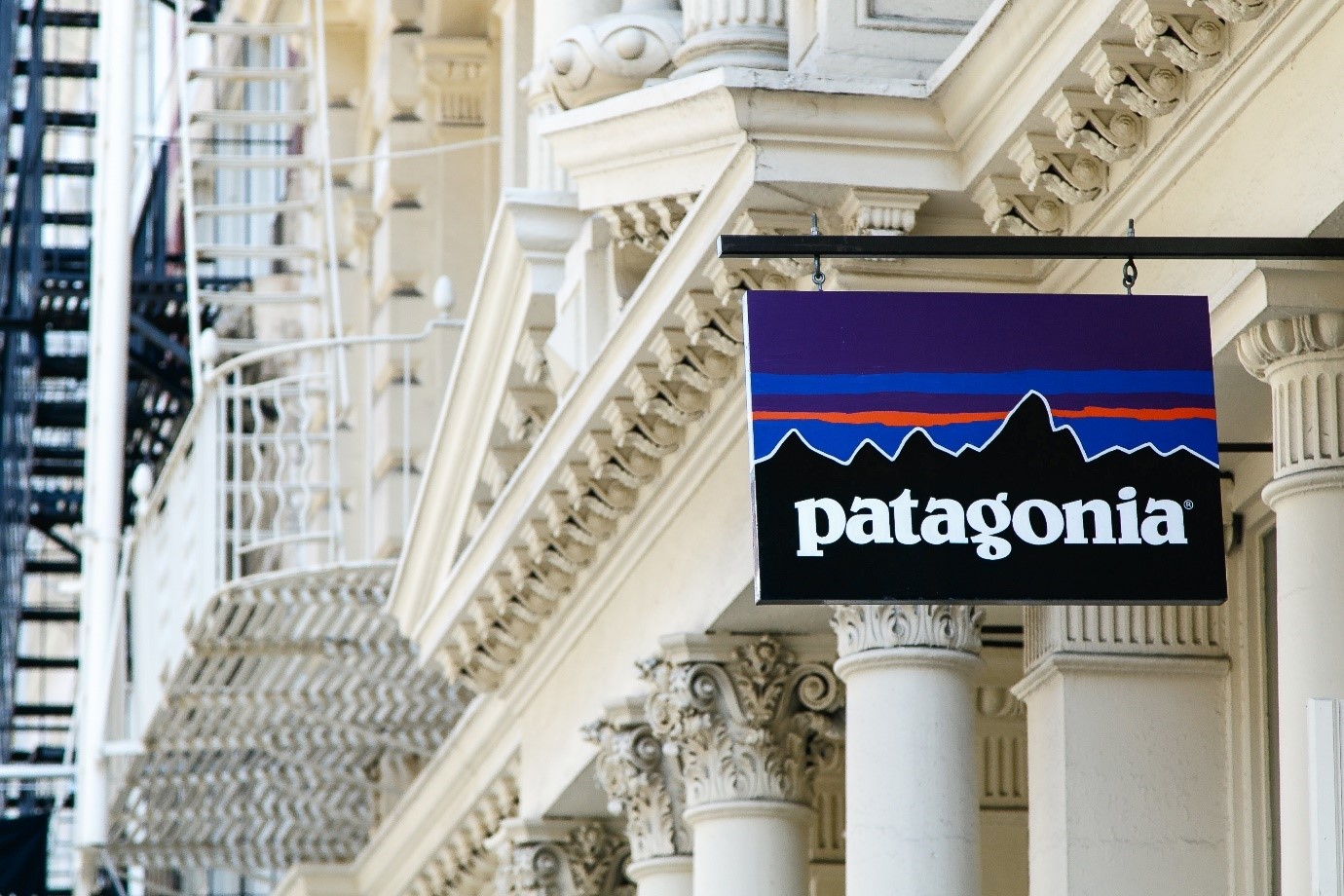Fast fashion brands are regularly criticised for their lack of sustainability and ethicality, greenwashing, and non-existing corporate responsibility. On the other hand, clothing retailers perceived as environmentally friendly are glorified for leading by example. Let’s put one of the slow fashion pioneers under the magnifying glass and see if its efforts merit the praise.
Patagonia is an outdoor and activewear clothing brand that was born from its founder’s Yvon Chouinard’s passion for mountains and mountain climbing. Chouinard wanted to enjoy his hobby without damaging nature and by providing the most comfortable experience for other climbers.
But what is Patagonia today?
The outdoor and activewear clothing brand has received substantial praise for its sustainability initiatives, labour conditions, and respect for animal welfare. However, there is always room for improvement.
Between planet and profit
Patagonia has previously used intelligent reverse marketing strategies, such as its campaign suggesting customers not to buy their product, which is a blatant advertisement in itself. Although the brand’s premium-priced down jacket’s ingredients come from accredited sources and are ethically made, Patagonia, at the end of the day, is a for-profit corporation cultivating the consumeristic society we live.
The company claims it is in business to save the planet. Its environmental efforts might support the argument of why products are more sustainable than other fast fashion brands, but the production, transportation, and retail efforts still leave a footprint on the environment. Can you save the planet by manufacturing more?
Recycling, waste management, and sustainability should not be used as a hook to make people consume even more products in a world of abundance.
The myth of green consumerism
You could argue that Patagonia sales are up and so the word about ethical and slow fashion is spreading, but is it a good thing if the brand turns into a mass-market consumer brand? The risk is that the integrity of Patagonia might start to dilute, and initially, loyal customers turn to smaller scale brands. How big can Patagonia get before it starts to be an advertisement for consumerism?
Perhaps Patagonia has moved too far from its initial eco-activist image. Now the label can be found among many other fast fashion brands in chain compartment stores such as Nordstrom and even on Amazon, who’s excessive packaging generated waste we discussed in our recent article.
Increased consumerism leads to pollution, wastage, and deforestation. Patagonia has already experienced struggles with discovering modern slavery within its supply chain, and unethical live bird plucking for its famous down jackets. If Patagonia must root out such significant issues at this stage already, what will it face further down the road?
The brand amplifies in business with each initiative, becoming more and more mainstream, therefore contributing to consumerism and generating waste. The consumer base is broadening from environmentally conscious buyers to everyone who can afford to pay the prices on the tags.
Are we drinking our fleece clothes?
Back in 2015, Patagonia received criticism from Greenpeace, as toxic chemicals were found within the brand’s apparel material. The waterproof materials containing toxic are harmful to not only the flora and fauna, but also to humans. Unfortunately, chemicals are not the only concern within Patagonia’s products.
If you have a Patagonia garment that you plan on recycling after using, there still is a way that the product creates waste every week.
Unfortunately, laundry is a huge source of plastic pollution. Each time you wash clothing containing synthetic materials, microplastic particles, contaminate the water and end up polluting the seas, harming fish, the environment, and our food chain. The plastic particles are so tiny they are impossible to filter out by water filtering systems.
Research shows that older apparel shreds more microplastic fibres than new clothing, which is a dead end for a company like Patagonia, that motivates its consumers to make the most of their garments and use them as long as possible with campaigns such as “Worn Wear”.
Although Patagonia has done research into the matter, the company has put more emphasis on more research needed to see what damage the microplastic is doing to the environment, rather than researching how to get rid of the plastic particles in the first place.
Many environmentalists have criticised this step. To this day, Patagonia still produces a synthetic fleece, one of the highest shredding polyester made materials, that contaminates water with plastic microfibers every time it is washed, which you might end up drinking later on from bottled water.
Patagonia has received backlash for using recycled PET bottles to manufacture its garments, as recycled fibres are weaker when woven together. The solution offered by the company, however, is through providing a new product to buy; microfiber filtering laundry bags.
The fibres can be removed by hand from the laundry bags after the wash. Such bags retail around $20-30 and the brand has been nicknamed Patagucci due to the high price. Patagonia’s founder, Yvon Chouinard, justifies the price by describing the products as long-lasting and as the best option in the market.
With this in mind, environmental degradation can only be slowed down. Therefore, we must consume less, buy smarter, more organic clothing, and only recycle accordingly with what’s left after.
Green consumerism is still consumerism, just driven by moral guilt and some level of environmental concern. As Richard Wilk, Indiana University Professor of Anthropology puts it best, “From a critical distance, the entire premise that justice and sustainability can be purchased in the marketplace is patently absurd.”
